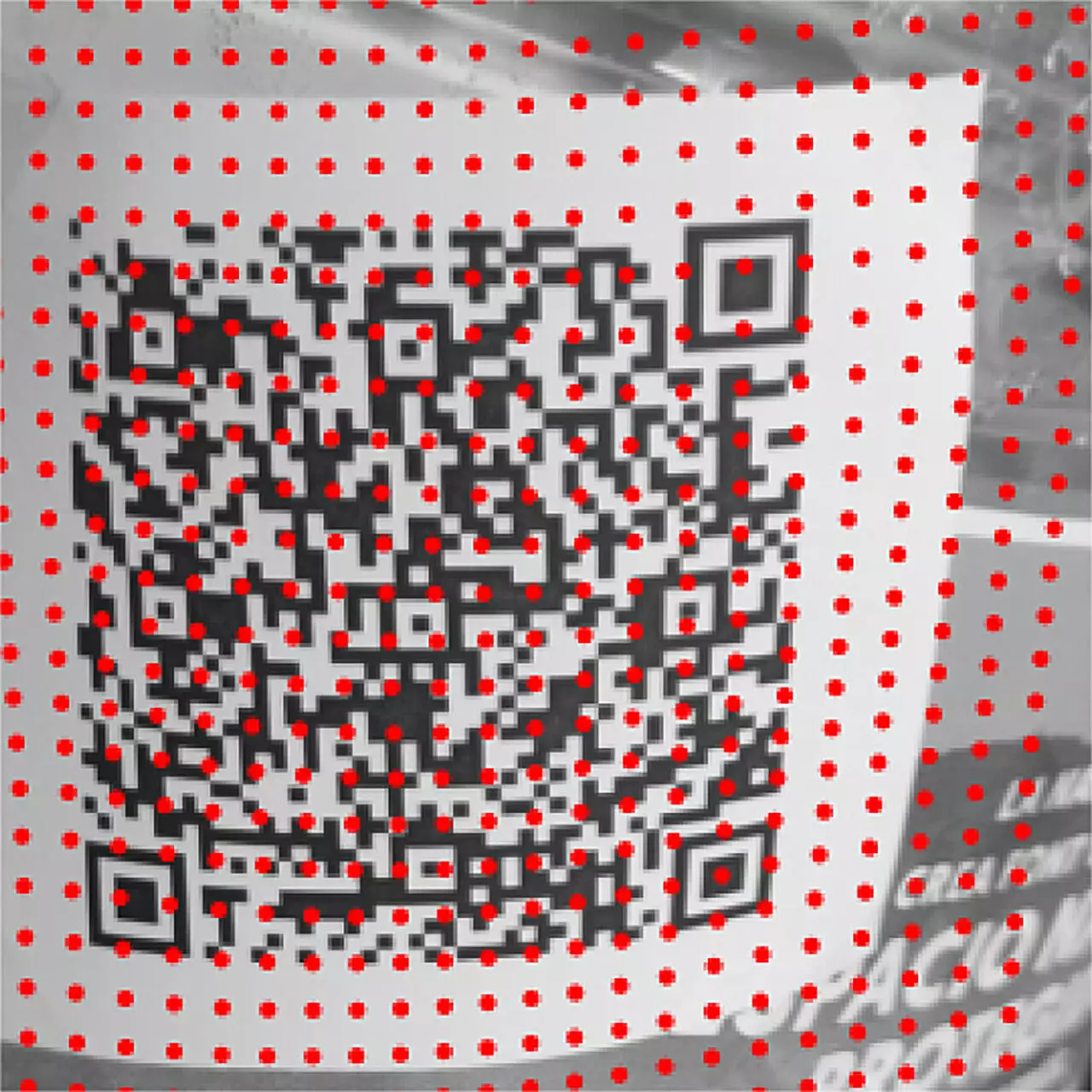In today’s fast-paced digital environment, QR codes have become ubiquitous. They bridge the gap between the physical world and digital information, offering users instant access to various data points with a simple scan. However, inherent limitations often hinder their effectiveness in real-world applications. While most smartphone cameras boast impressive capabilities, users still face challenges when scanning QR codes, particularly if the code is poorly printed or placed on uneven surfaces. Poor image quality, inconsistent contrast, and the irregular topography of the surfaces are frequent culprits affecting the success rate of QR code recognition.
The inadequacies in traditional QR code scanning methods often frustrate users, causing them to avoid relying on QR codes altogether. This issue has spurred researchers to seek innovative solutions aimed at improving QR code recognition, particularly in complex and challenging environments.
A team of researchers from the University of Barcelona (UB) and the Universitat Oberta de Catalunya (UOC) developed a cutting-edge methodology to tackle these persistent challenges. Their research, documented in *Pattern Recognition Letters*, introduces a pioneering algorithm capable of reading QR codes on uneven and intricate surfaces, such as bottles or delivery packages. This endeavor reflects a crucial intersection of academia and technology, with the involvement of key contributors like Professor Ismael Benito. His dual role in the academic world and as a technology director at ColorSensing underscores the potential applications of this research in real-world scenarios.
This new methodology does not solely rely on conventional techniques and instead leverages a combination of mathematical functions that adapt to the unique topography of the surfaces on which the QR code is placed. By utilizing splines—functions that inherently adjust to local surface variations—the researchers achieved better extraction of QR codes from non-flat surfaces. This adaptation is vital in environments where surface irregularities can easily compromise scanning success.
Professor Benito elucidates that the challenges in QR code recognition predominantly arise from three main factors: the quality of the captured image, the print quality of the code itself, and the surface’s geometry. Each of these elements plays a crucial role in determining how accurately a smartphone can interpret QR codes. Benito’s research effectively addresses these issues, particularly emphasizing the importance of maintaining an optimal distance while scanning. For example, when scanning cylindrical objects like a Bicing QR code, positioning relative to the surface becomes crucial. The recommended scanning distance—between 30 to 50 centimeters—strategically minimizes distortion and maximizes successful recognition.
Furthermore, the new algorithm significantly advances the existing technology in the realm of two-dimensional barcodes. By focusing on intrinsic QR code characteristics rather than relying solely on the surface condition, the innovation comprises an essential leap forward in barcode scanning technology.
Despite these promising advancements, several challenges remain on the horizon for widespread application in commercial and industrial settings. For one, experts must ensure reliable readings and robust defenses against manipulation techniques that could lead to fraudulent activities initiated through slight alterations of QR codes. This security concern emphasizes the need for continual evolution within QR technology to foster user trust and safety.
Moreover, in industrial environments where QR codes facilitate fast-paced operations, achieving faster capture speeds remains a central challenge. The push towards enhancing both recognition speed and accuracy is vital to meet the demands of modern logistics and supply chain management.
Ultimately, the research conducted by the UB and UOC signifies a crucial advancement in the ability to read QR codes effectively in varied and non-standard environments. As QR codes continue to gain traction across various industries—ranging from retail to personal services—developing methodologies that accommodate diverse contexts is paramount.
The ongoing efforts to refine QR code recognition technologies reflect a broader ambition to enhance user interaction across digital platforms. As this field progresses, we can anticipate a more seamless integration of QR codes into our daily lives, further blurring the lines between the physical and digital landscapes. The future looks promising for QR code functionalities, continually adapting to meet the needs of modern consumers while addressing the barriers posed by exterior elements.

